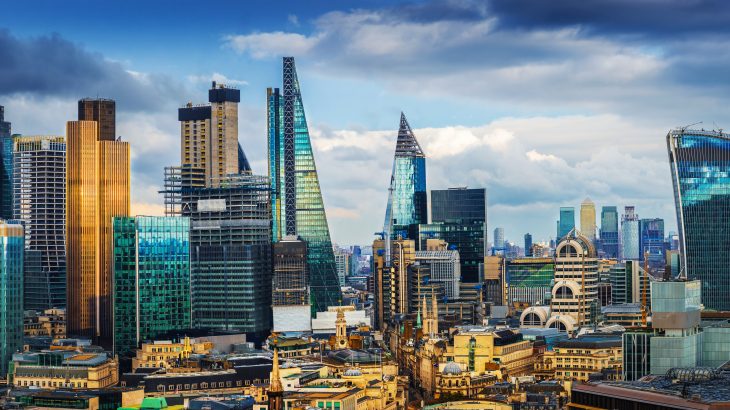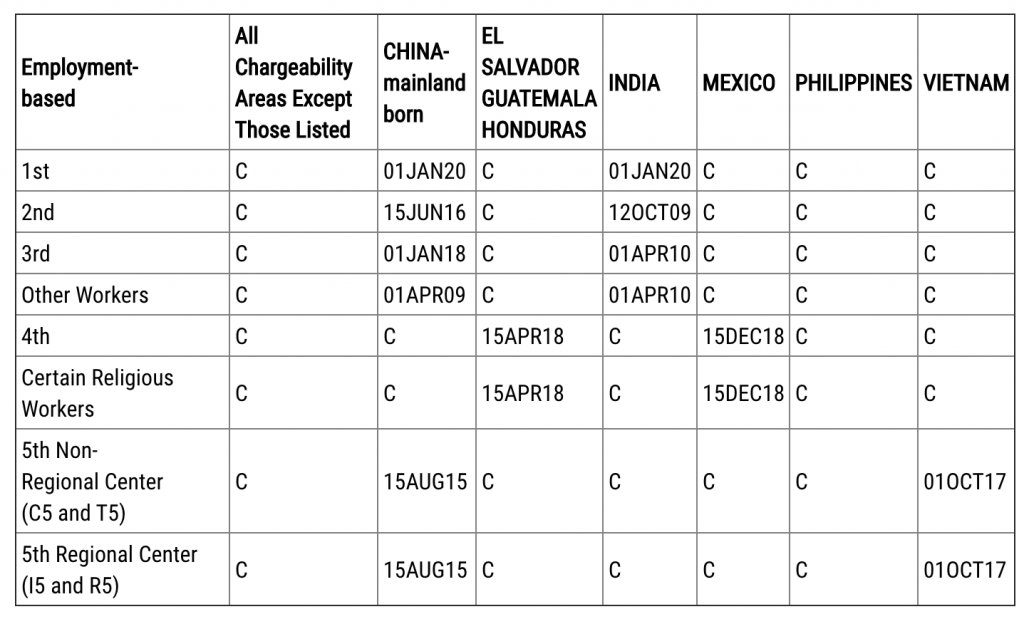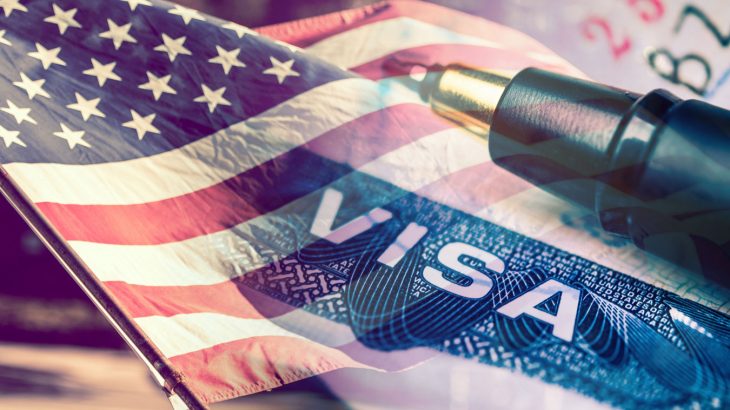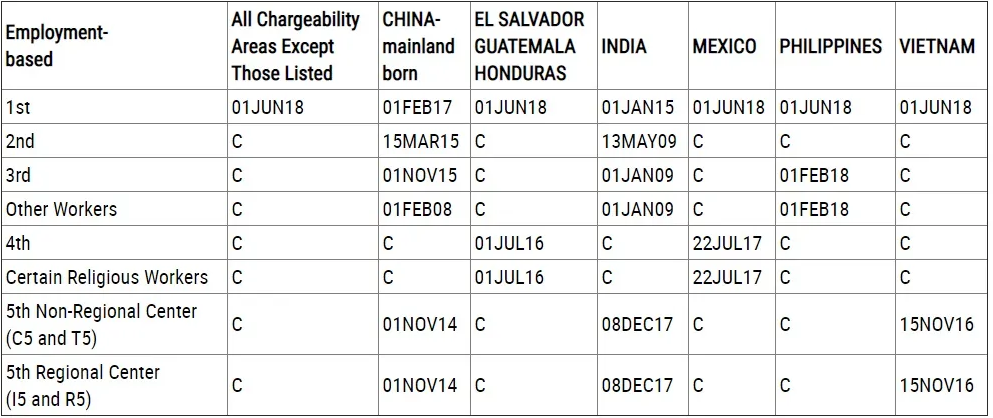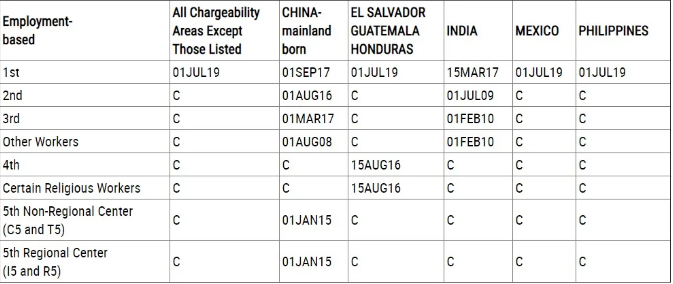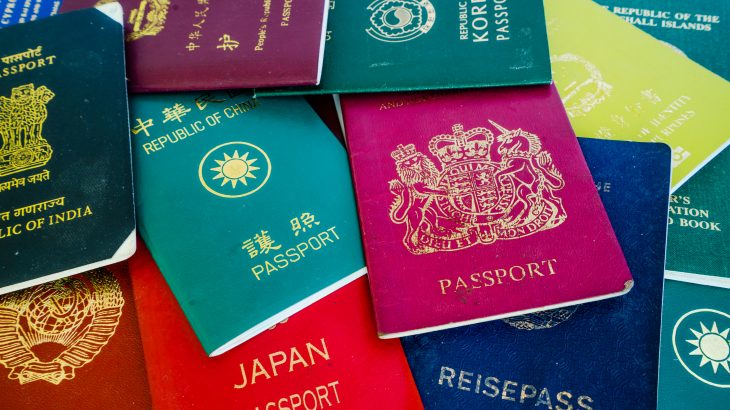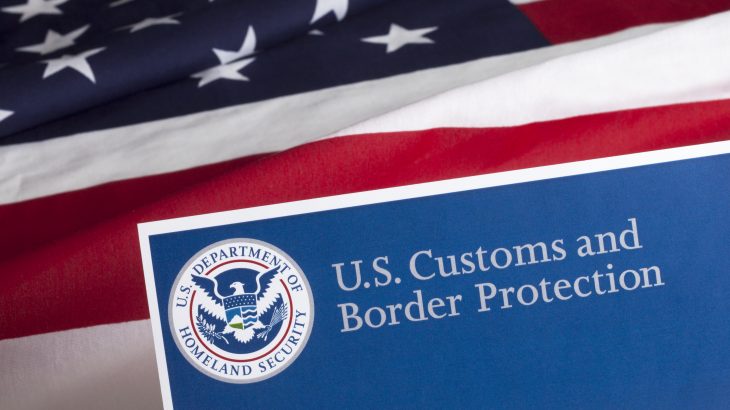Political headwinds have left entrepreneurs and business owners looking for more effective ways to trade. Namely, moving to the source and setting up a business in America.
The United Kingdom is America’s seventh largest trading partner with imports from the UK totalling $125 billion and exports to the UK exceeding $147 billion in 2019.
While bilateral trade grew to an all time high before the pandemic, Trump administration policies have been making things harder for certain sectors. A trade dispute with the European Union over subsidies to Airbus resulted in tariffs being imposed on a number of British products. The Scotch whisky industry, for example, was hit by a 25% tariff on its exports to the US market.
Things should start changing as a result of Brexit and the inauguration of President Biden, but there has not yet been any hurry to remove these tariffs on the US side. Moreover, continued uncertainty around the future of trade and globalization has left many business leaders asking how they can do things differently to hedge against future instability.
As a result, we have seen an increase in the number of people coming to our firm to discuss business immigration options. Not just from Great Britain, but from across the European Union – from Germany, France, the Netherlands and beyond.
There is increased interest in business expansion to the United States, as well as with people wishing to set-up new enterprises. The good news is that, being a land of commerce, the U.S. has multiple options for just such people.
The L-1 Intracompany Transfer Visa
The L-1A Visa allows a manager or executive level employee to move from the British office to the US office of the same company. More than 10,000 L-1 visas were issued to Brits in 2010. Many of them work at large multinationals and move between established offices.
Yet, the L-1 can also be used to set-up and grow a new office in America. Businesses who do not yet have a presence in America can set one up and then transfer a senior-level employee to manage the business on an L-1 visa. D&A’s L-1 Visa can take care of the company formation as well as the immigration work.
The L-1 is a time limited, non-immigrant visa. British people are granted an initial visa of up to a maximum of 60 months (five years). New office L-1s are granted for a much shorter period so the authorities can monitor the progress for the business. Yet, these visas can be renewed – up to a maximum of seven years for an L-1A visa. There is also an L-1B route for people in the company with “specialized knowledge”. This is limited to a maximum of five years. To remain in the United States for longer, an L-1 visa beneficiary must switch to a different visa. The EB-1C and EB-3 visas offer permanent residency and fit well with the L-1 visa.
Click here to visit our UK L-1 Visa Page
E-2 Treaty Investor Visa
The E-2 Visa allows a person to move to the United States to operate a business. To qualify for the E-2 visa, a person must be a citizen of a country that holds a relevant treaty with the United States. The United Kingdom holds the oldest such treaty, dating back more than 200 years.
Click here to visit our UK E-2 Visa webpage
Eligibility is determined by citizenship, so if you were born outside the UK and subsequently became a British citizen, you would still eligible. This contrasts favorably with U.S. family-based and employment-based immigrant visa categories, where eligibility is determined by your country of birth.
There is no stipulated investment amount, but it must be credible to support the business plan. Generally speaking, it should be upwards of around $100,000.
Unlike the L-1, the E-2 visa can be renewed indefinitely provided the underlying business continues to trade and meets its targets. The maximum length of time an E-2 visa can be issued for is five years, at which point a renewal is required.
Family of both L-1 and E-2 visa holders can move from the UK to the US with the primary applicant. That includes a spouse and any children under the age of 21. Spouses can apply to work in the United States and often clients arrange their E-2 visa around the spouse’s career ambitions.
Visit our UK E2 Visa Center
EB-5 Visa
To have true freedom to work in the United States (and indeed study or retire), permanent residency is the best course of action. One of the fastest routes to a Green Card for UK nationals is the EB-5 Investor Visa. It offers a quick path to a Green Card for a $900,000 investment. This is cheaper than the UK’s own investor visa program, which starts from £2 million and increases in value if you wish to reduce the time period before your wish to apply for indefinite leave to remain in the UK.
The number of EB-5 visas available to each country each year is just over 700. The United Kingdom is not close to using up its quota, so there is no oversubscription or waiting list for UK EB-5. However, your EB-5 quota depends upon your country of birth. So, for example, an Indian-born British citizen would count under India’s quota. Given India’s population size and the popularity of the United States as a destination, India is often close to its annual cap.
Davies & Associates is one of the most well established EB-5 law firms in India. We have helped many Indian families successfully apply for their EB-5 visas and have been consistently quoted on the subject in the Indian media. Our Russian speaking lawyers and paralegals are also well placed to help the Russian community in the UK with their US immigration goals.
UK Solutions for Americans
Trade cuts both ways and Americans are inevitably also interested in UK visas. The United Kingdom is still gearing up its post-Brexit immigration system, but there are plenty of opportunities for American business owners and entrepreneurs. There is a UK intracompany transfer visa, which is similar to the L-1 Visa. There is a Sole Representative Visa, which has some similarities to the new office type of L-1 visa. The UK also has a start-up and innovator visas designed to attract innovative, scalable and viable technologies to the United Kingdom.
Davies & Associates is uniquely placed to help Brits looking to move to America and vice versa. Our chairman and founder is a Brit who migrated to America many years ago. Our core teams sit in New York, Chicago and London. Contact us today to discuss your specific circumstances.
This article is published for clients, friends and other interested visitors for information purposes only. The contents of the article do not constitute legal advice and do not necessarily reflect the opinions of Davies & Associates or any of its attorneys, staff or clients. External links are not an endorsement of the content.

























